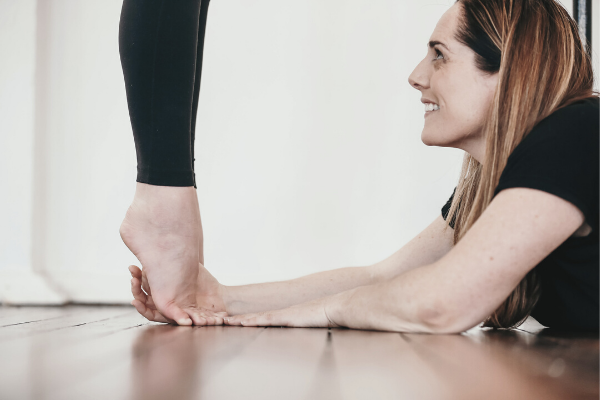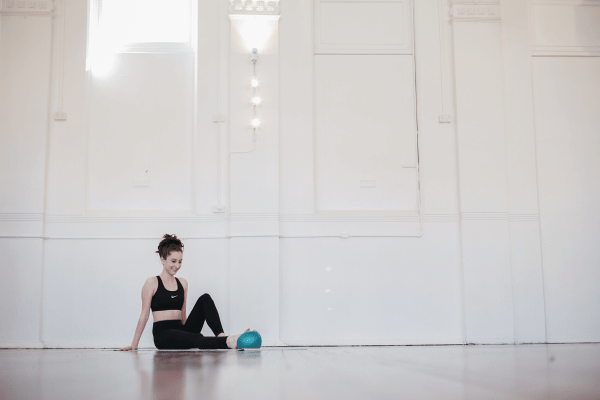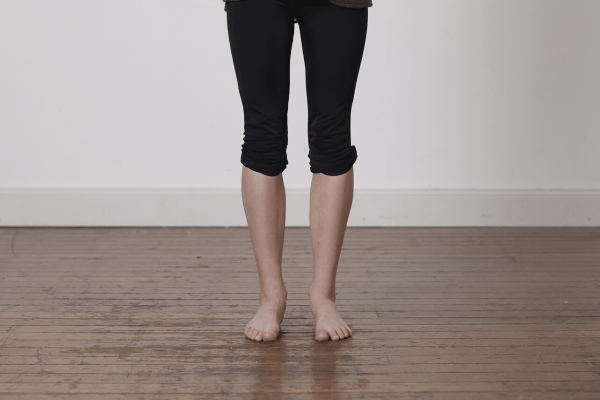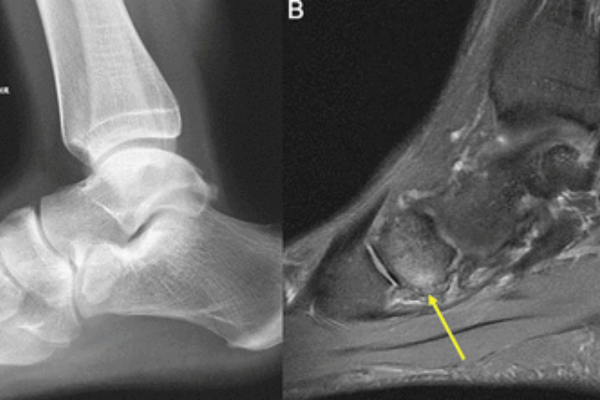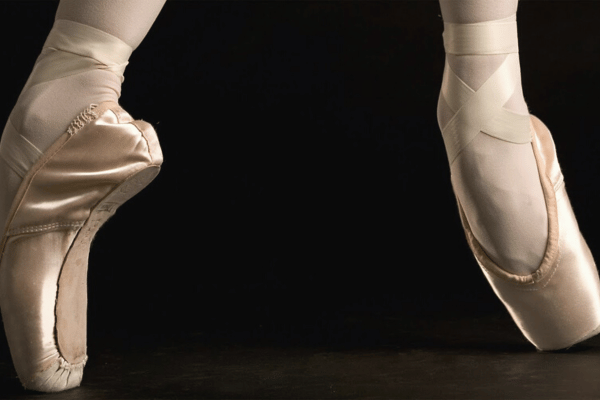- Free Articles
- Shop
- Workshops
- The Dance Educator Series
- Upcoming Workshops
- Workshop FAQ’s
- Host Application Form
- Student Workshop Application Form
- Dance Teacher & Health Professional Directory
- Workshop Testimonials
- Members Areas
- Cart
- My Account
Pointe Shoe Padding
Hi Lisa,
Your URGENT thoughts on this new product would be appreciated!
A student from another school has come over to my school (actually several students have come over) and they all have this new pointe shoe orthotic in their shoes. The Australia site is still under construction, but here is a picture of an American version that looks similar to what the students have been fitted with…
How on earth will the toes ever work in these? They will be frozen! They feel like a silicon jello mold and are only that moveable! I seriously have my concerns about putting something this large and inflexible inside a pointe shoe.
The fitting of these ‘orthotics’ was understood by the students to be a ‘dance assessment’. I explained that it was an orthotic fitting, not an assessment. I also rang the store and asked them to please stop calling it an assessment as it was misleading to the students and parents. They assured me they never referred to it as a structural dance assessment and always recommended one of the local physios for structural dance assessments. I have asked the owner of the store to please not offer this orthotic to my students until I do further research.
Please can you advise what you think about padding like this in students’ shoes?
Kind regards,
Ann
Dear Ann
Thanks so much for your letter and for your concern. I have had a look at the videos and links that you have provided, and yes – I do have concerns about this kind of padding being used on young students. Please note that I have not personally tried these particular pads, so the following is speculation only.
While the justification for it says that it is better due to the fact that it ‘fills in the gaps’, rather than padding up the pressure areas, the thing that I am most concerned about is the amount of padding demonstrated underneath the toes. While the demonstrations encourage the student to work through the shoe as they would when dancing – I am concerned that the all important action of moving from demi-pointe to full pointe using the lumbricals (the small intrinsic foot muscles under the toes) will not be possible if not performed correctly in the very beginning.
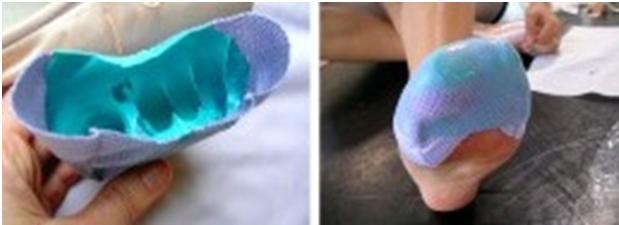
We all know that it does take time for students to really master this in bare feet, let alone in their pointe shoes, so I definitely would not be using this on students who have not mastered that level of articulation. I think that you will also find that students who have achieved that level of articulation will not enjoy that amount of padding in the shoes anyway!
Most issues with pain in the toes en pointe is due to the knuckles curling and then rubbing on the front of the shoe. If you put a cushion in front of those bent knuckles, it prevents the pain but does not actually correct the real issue, which is the clawing of the toes. As you know, clawing of the toes leads to many issues of the long flexor tendons (FHL, FDL etc), so I prefer to use any rubbing of the knuckles as a sign that the dancer needs to correct the mechanics of the pointed foot, rather than just putting something in to avoid the pain..
The best prevention from damage to the toes on pointe is always going to be correct preparation, continued specific strengthening and correct fitting of pointe shoes, along with basic foot care and hygiene. This is why I have always advocated specific and progressive foot and ankle strengthening programs such as The Perfect Pointe Book and the Advanced Foot Control for Dancers program.
The basic hygiene factor is something that also worries me with both regular toe pads and these silicon moulds… A dancer’s foot sweats considerably, especially when confined in a pointe shoe… We change our regular socks every day, yet the number of students who do not wash their toe pads is appalling. Most of them admit that it never even crossed their mind, and when I mention how often we change our socks, a look of horror crosses their face! I wonder what the advice is in regards to wearing stockings and washing these devices?
Personally I still think that minimal padding used in pointe shoes is the best, and that usually a thin layer of foam padding cut to the shape of the under surface of the box is enough to protect the top of the toes. Dancers will always look for ways to customise their shoes, but in the end, there is no substitute for specific strengthening, a great fit and careful training.
I hope this helps!
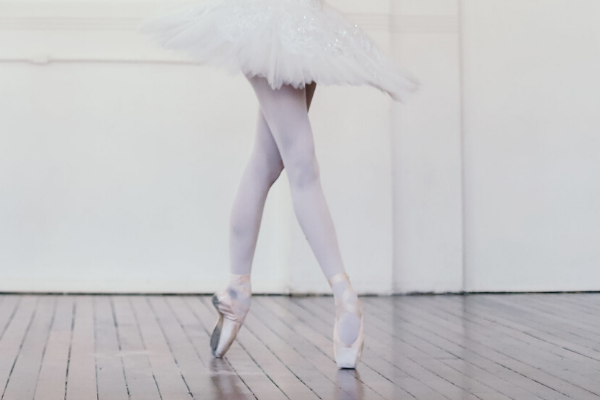
Pointe Resources
If you are looking to delve deeper into this topic, check out the following programs:
The Perfect Pointe Book: This course was originally designed to help students and dance teachers safely prepare for pointe work. The four stages of tests and exercises within the book are ideal for pre-pointe preparation classes, students close to achieving pointe shoes and students already en pointe looking for extra strength and technique training.
Pointe Range: This online program comprises of 41 clear and concise videos, totalling just under 2 hours play time, this course begins with a series of assessments to establish exactly what structures are restricting your pointe range. It then explores a diverse array of massage techniques, joint mobility exercises and fascial mobilisers to safely improve your pointe range. This is followed by an in depth look at retraining all of the muscles that stabilise the foot and ankle to allow you to actually use your new found pointe range in class.
Pointe Intensive: This online virtual workshop is designed for both Dance Teachers & Health Professionals working with dancers. This three day Intensive will give you the most up-to-date advice in the industry to help you understand your students’ needs, analyze their differences, and them you the tools to help your students become the best dancer they can be.



